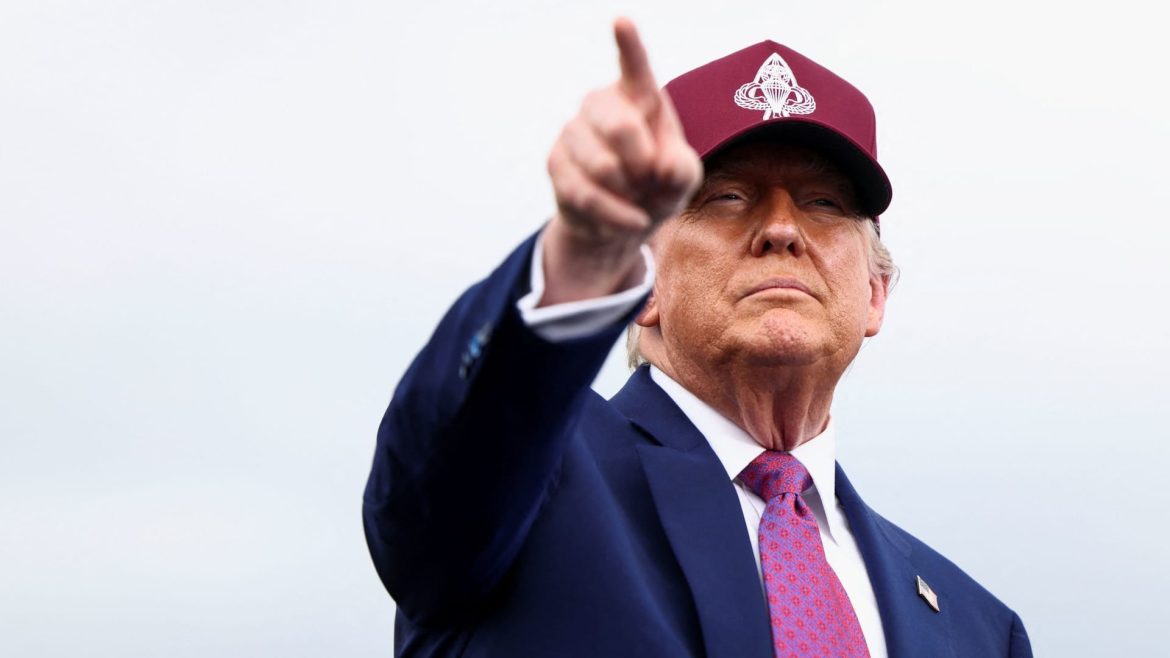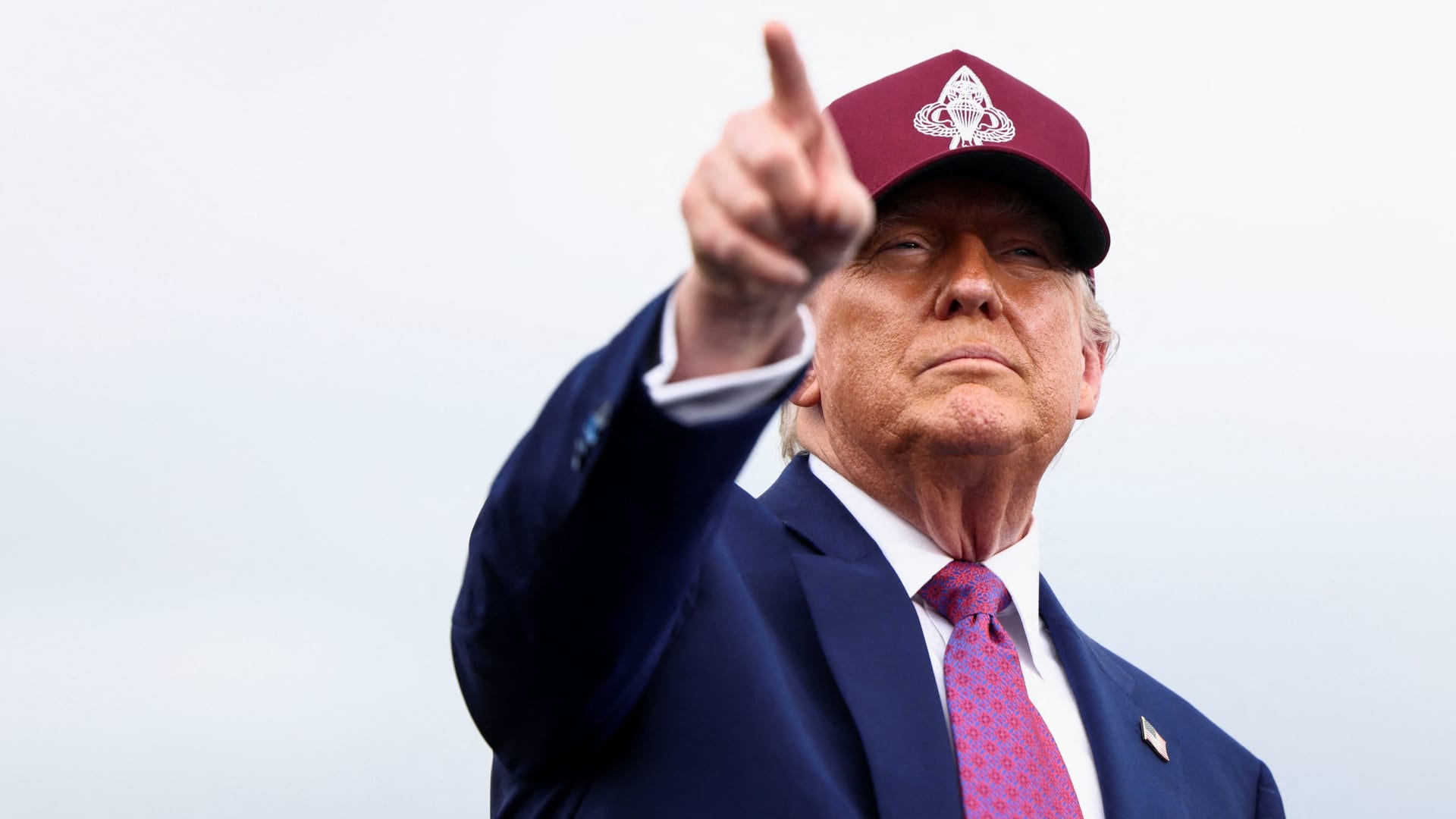The Emergence of a “Shadow Federal Reserve Chair”: Market and Institutional Implications
Recent discussions in the U.S. financial and political landscape have brought forth the unconventional proposal of appointing a “shadow Federal Reserve (Fed) chair” — a concept that would deeply challenge the traditional norms of monetary policy governance. Spearheaded by advisors close to former President Donald Trump, this idea envisions naming an early Fed chair designate or a parallel figure whose role would be to exert influence over, or even possibly counterbalance, the incumbent Fed chair, currently Jerome Powell.
Understanding the Proposal: A “Shadow Fed Chair” Explained
The shadow Fed chair proposal is essentially a move to nominate a Fed chair successor well ahead of the official term end (which for Jerome Powell is May 2026). This allows the president, in this case Trump or his affiliates, to introduce a monetary figure aligned closely with the administration’s economic agenda and policy preferences. The shadow chair would issue statements, influence market expectations, and potentially undermine the Fed’s established forward guidance, creating a duality in monetary messaging.
Financial Markets’ Immediate Reaction: Increased Volatility and Uncertainty
Analysts and market watchers widely agree that introducing a shadow Fed chair could dramatically disrupt financial markets. The Federal Reserve’s credibility largely depends on its independence and clear, consistent communication. Introducing conflicting narratives—one from the official Fed chair and another from a politically motivated shadow chair—could severely confuse investors and traders about the Fed’s true stance on interest rates, inflation, and growth.
Such bifurcated communication risks amplifying volatility, with markets struggling to interpret which guidance carries more weight. This environment fosters uncertainty, which is generally unwelcome in markets that prize predictability. The shadow Fed chair may thereby unsettle asset prices and increase risks across equities, bonds, and currency markets.
Institutional Integrity and the Independence Dilemma
The Federal Reserve’s autonomy is a foundational safeguard that has maintained its credibility and effectiveness over many decades. The proposal to create a shadow chair appears to circumvent the legal and institutional protections designed to shield the Fed from direct political influence. This raises profound concerns about the erosion of the Fed’s independence, potentially subjecting monetary policy decisions to partisan pressures.
The independence of the Fed allows it to set monetary policy based on economic data and longer-term stability considerations rather than short-term political goals. A shadow Fed chair, explicitly aligned with a sitting president’s agenda, endangers this principle by injecting political oversight and second-guessing within the institution’s leadership.
Political Context: The Trump-Powell Relationship
The origins of this proposal stem from persistent tensions between President Trump and Jerome Powell. Trump has publicly criticized Powell’s policy decisions, especially regarding interest rates, and even suggested that Powell’s termination “cannot come fast enough.” Within this context, the shadow chair concept emerges as a strategic maneuver to exert control over monetary policy without the legal complications of firing the incumbent chair prematurely.
Key figures like Scott Bessent, a close Trump associate and proposed future Treasury Secretary, have advocated for early nominations and shadow appointments. Their objective appears to be to dilute Powell’s influence, reset market expectations under a more politically favorable leader, and potentially promote policies such as a weaker U.S. dollar or more aggressive interest rate cuts.
Consequences for Forward Guidance and Monetary Policy Effectiveness
Forward guidance—the Fed’s communication about future policy intentions—is a critical tool for shaping market behavior and economic outcomes. The shadow Fed chair proposal threatens to nullify this effectiveness by creating competing forward guidance signals. When investors receive contradictory cues from the official Fed leadership and a politically appointed shadow figure, their ability to plan and respond rationally is compromised.
Such uncertainty could reduce the Fed’s ability to influence long-term borrowing costs, inflation expectations, and economic growth trajectories. In turn, this jeopardizes one of the central roles of monetary policy: stabilizing the economy through transparent and credible communication.
Criticism and Opposition: Voices of Concern
Economists and market veterans alike have voiced serious apprehensions. Critics highlight that a shadow Fed chair would “create a lot of noise in the market,” adding confusion rather than clarity. The proposal has been described as potentially undermining Jerome Powell’s authority and destabilizing the Federal Open Market Committee (FOMC)’s decision-making harmonization.
Furthermore, leading economists warn that politicizing the Fed through such mechanisms could backfire, reducing investor confidence not only domestically but also internationally. The United States’ reputation as a leader of independent central banking could be severely damaged, leading to broader financial consequences.
Jerome Powell’s Position and Federal Reserve Resilience
Despite the political pressures, Powell has expressed confidence in the Fed’s independence and dismissed the feasibility of a shadow Fed chair arrangement becoming reality. He stated there is currently no serious plan for such an appointment and reaffirmed the Fed’s commitment to conducting monetary policy free from political interference.
The Fed’s institutional resilience, built over years of bipartisan support and structural safeguards, may provide a buffer against such attempts. Nonetheless, the shadow Fed chair proposal exposes vulnerabilities in the politicization risks faced by central banks in polarized environments.
Conclusion: A Cautionary Crossroads for U.S. Monetary Policy
The notion of a shadow Federal Reserve chair represents a provocative deviation from long-standing norms, threatening market stability and institutional integrity. Markets depend on the Fed’s clear, consistent, and apolitical guidance to function efficiently; introducing rival voices risks undermining this fragile ecosystem.
While political actors may view the shadow chair tactic as a tool to assert control or influence monetary policy, the broader consequences for investor confidence, market volatility, and economic stability could be severe. Preserving the Federal Reserve’s independence remains critical to ensuring that monetary policy serves the economy’s long-term health rather than transient political objectives.
As the debate unfolds, investors, policymakers, and the public alike face a watershed moment that tests the balance between democratic oversight of central banking and the autonomy required for effective economic stewardship. The shadow Fed chair idea may signal turbulent times ahead, making vigilance and reasoned discourse essential in safeguarding the pillars of U.S. monetary governance.





